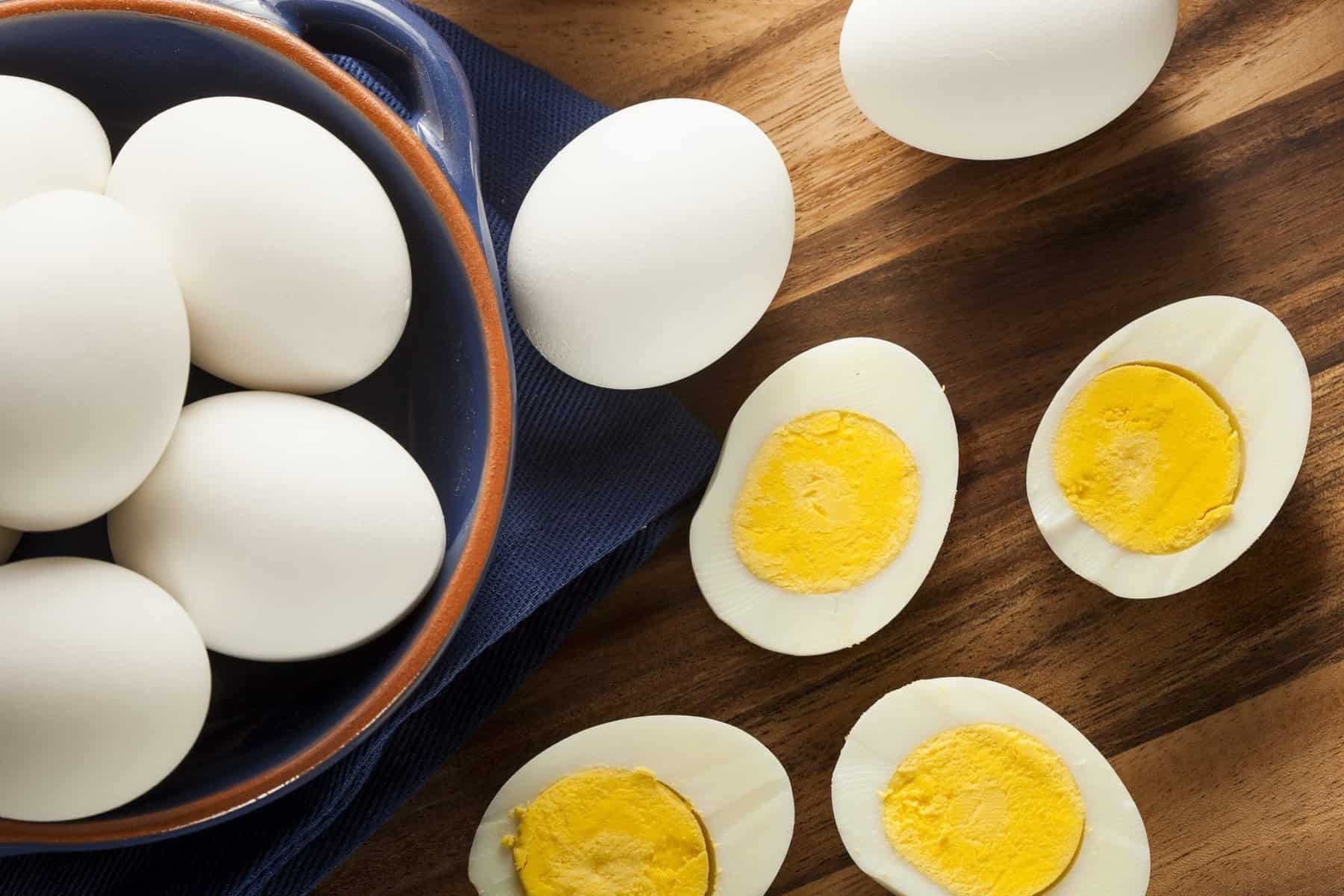A tagine is both a North African long-simmered stew and the type of conical clay vessel used to cook it. The shape of the traditional vessel allows a braise to simmer gently, concentrating flavors without drying things out. Thick clay walls insulate the stew inside, and as steam rises up the chimney, water condenses on the sloped interior and drips back down, regulating heat and moisture. This process can also be done in a heavy braiser or ceramic pot, which is what we do at Lula.
We learned about the tagine from longtime Lula manager Natalie Sternberg, whose mother studied belly dancing in Morocco and then traveled with a Berber family to continue her practice. She performed dance with her own troupe for years. When Natalie was growing up, her parents used to host wild, drug-infused drum parties full of dance, music, and Moroccan food. Friday nights mortified her as a teen. She remembers a sleepover that ended up with her having to explain to a friend why her parents were outside howling at the moon. As a love song to her mother, who passed away tragically in 1991, Natalie resurrected these dishes at Logan Beach. And so it happened that this searching, artistic woman, whom I never met, passed a tagine to her daughter, then to me, and now to this book.
One of the best things about this stew is that you can pretty much do what you want with it—change up the ingredients, substituting vegetables, dried fruit, and herbs at will. The key to the flavor is the combination of sweet and tangy elements—our turmeric spice mix, golden raisins, and fennel—all cooking languorously with dried chickpeas and lots of onion. When you finally open the lid and breathe in, you might find that the fragrance of aromatics and spices simmered so long propels you deep into your own memories of home.
Original Article










